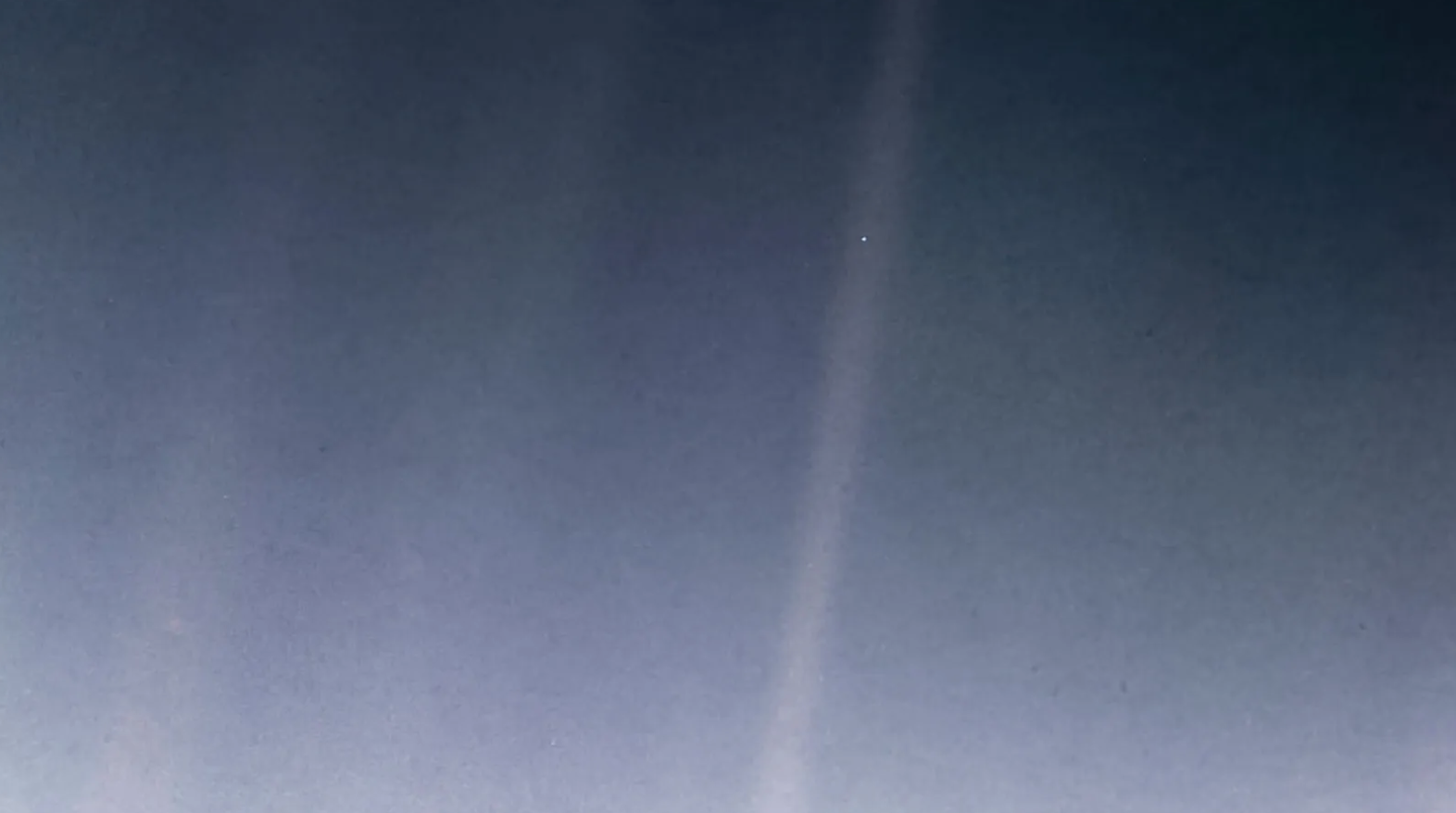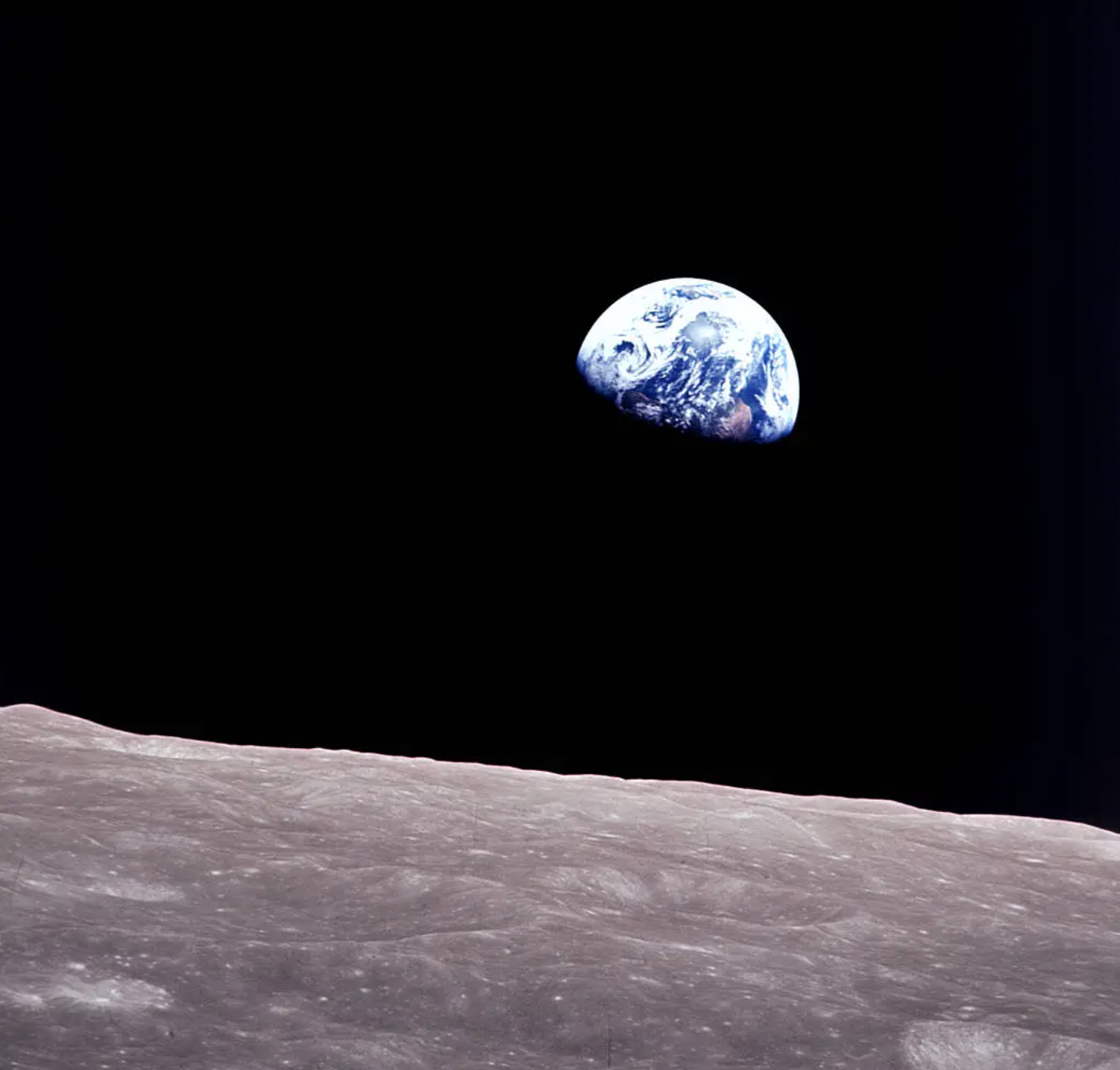Smarter people than me have delved deeply into the question of whether language shapes the way we think. By noticing the constitution and construction of language we have more of an insight into how people comprehend knowledge and process information.
It’s been fascinating getting into the minutiae of astrophysical language. So many words can mean so much, stand in for something else or be as precise as needed so others can communicate and understand everything written or spoken. Words like ‘fundamental’ or ‘peculiar’ can be exact, debatable or helpful.
I have also taken so many notes on the ‘accidental poetry’ that is used in the working spaces, words that colleagues will understand instantly but to an outsider, sound grand or obtuse. Language that you have to work hard at when you’re not surrounded by it every day.
There’s also been the inclusion of ‘accidental art’ at the office which is the result of stunning images arriving from interesting data.

There’s also elegant art from the formulae on the whiteboards and remnants of interesting phrases or words (and for me, out of context, I start imagining so much…)

Even talk of how to make different styles of coffee result in casual conversations about the science behind making coffee and then —offshoots into tangential words on the universe, other interesting information and jumping boards for fascinating ideas on art.

I’ve mentioned before the importance of metaphor for both the scientist and artist. Often used for different purposes.
This is from a snippet of conversation with Prof. Tamara Davis having a larger conversation about dark energy and her work.
I’ll include these as suites, as if poems. What she says is so important.
Patches of spheres…
[Prof Tamara Davis]: It’s really difficult to make observational statements about things that you can’t in principle measure. Everything beyond that essentially does have to be theoretical.
But we can sort of test global theories by looking at the observable patch of the universe. And we have no reason to expect that the universe changes just on the other side of our observable universe. There’s no indication that anything weird is happening near the boundaries. Because boundaries are just, our boundaries.
It’s our personal boundary. There’s the particle horizon and the event horizon. This is actually the particle horizon. The distance to the most distant particle you could see. So, everybody has their own personal sphere.
Say if we’re at one point with this sphere around us – which is the limit where we can see if someone’s just inside the edge of our sphere – then we’d be just inside the edge of their sphere. Because the light that our position – before we existed – emitted right at the beginning of time, would just have reached that other point now.
And the light that they emitted at the beginning of time would just have reached us. So, it’s symmetric. But it means there’s all these overlapping spheres that are different, are people’s patch of the universe. I talk about other galaxies as people, but I mean, different galaxies, patches of the universe.
So, if we existed on a different galaxy, we would see a different patch. And, there’s no reason to expect there’s anything special about our patch versus their patch.
What would you want people to know about what you study every day?
[Prof Tamara Davis]: I think the most important thing that I want people to know is just how much information we have about the stuff out there. From a professional point of view, I want people to understand that we’re not just guessing about what is happening out there. Everything – all these things we’re saying about the acceleration of the expansion of the universe and how old the universe is – these are answers where people say, how on earth can you possibly know that? And I want them to understand that we’re basing this off a huge amount of data, measuring phenomena in many different ways.
I also would love people to have more of a sense of how amazing and vast the universe is outside of their own little sphere. Because I think, for humanity, we’re very focused on…trivial, local things. Which, on the grand scale of things, are really not that important. And when you have this vastness of the universe outside that you can look at…I would love people to just step outside of their own trivial pursuits…their own ideas, their own focus on their life, and their own interactions with people and hopes, dreams and put everything in a bit more perspective and see the world around them.
****

Today’s poem is inspired by listening to Tamara (and the other physicists) talk about the vastness of the universe, the sheer scale of data, galaxies, matter and energy. Tamara mentioned the invention of the telescope and microscope meant that we were able to study the very small and the very big, pushing beyond our human scales.
This reminds me of Carl Sagan’s Pale Blue Dot (A photo taken by Voyager 1 in 1990 looks back from the fringes of our solar system, 6.4 billion kilometres away from home. Earth is only a tiny point of light in this picture, 0.12 pixels in size, a miniscule blue smudge amongst scattered rays of light emanating from our sun.)

Sagan begins: ‘Look again at that dot. That’s here. That’s home. That’s us. On it everyone you love, everyone you know, everyone you ever heard of, every human being who ever was, lived out their lives. The aggregate of our joy and suffering, thousands of confident religions, ideologies, and economic doctrines, every hunter and forager, every hero and coward, every creator and destroyer of civilization, every king and peasant, every young couple in love, every mother and father, hopeful child, inventor and explorer, every teacher of morals, every corrupt politician, every superstar, every supreme leader, every saint and sinner in the history of our species lived there–on a mote of dust suspended in a sunbeam.’ He ends the passage with ‘There is perhaps no better demonstration of the folly of human conceits than this distant image of our tiny world. To me, it underscores our responsibility to deal more kindly with one another, and to preserve and cherish the pale blue dot, the only home we’ve ever known.’
Or it reminds me of the Earthrise photo from Apollo 8.

In the early stages of the flight, with the earth receding, James Lovell noticed how he could put out his thumb and little finger to demonstrate the span of the Atlantic Ocean. Frank Borman said, ‘Tell the people in Tierra del Fuego to put their raincoats on, looks like a storm…’
After 68 hours of traveling they reached the moon for their lunar orbits. When their spacecraft came out from behind the moon for its fourth pass, for the first time in human history, the crew witnessed first-hand the stunning earthrise. William Anders took a black and white shot then asked Lovell for some colour film and captured the earth, half hidden in the shadow of the sun. It was later picked by Life magazine as one of its hundred photos of the century.
The universe is so, so large and we are so, so small.
My poem this week:
Scale
We are not static — space— between space
is accelerating. Georges Lemaître understood —
our universe is unfastening. Edwin Hubble spying
galaxies relocating from our reach. Reverberation—
the cosmic microwave background radiation rumbling
hums of electrons & protons moulding hydrogen atoms
the lilt & swing & tempo of countless quarks swimming
in the strong force, infrared imprints of life’s hatchlings
we are transforming & moving
we are in space & we are in time
What we do resonates out. When we are our best, we support
each other. We are not fixed, the universe, expanding into itself
Gravity pulling objects in —we endure splits — our resolve
torn. Dilating like promise, giving freely of ourselves, considering
inward as much as outward. Allowing hope in. Our chest enlarges
with possibility, our compassion swells, our intrepid luminescence
unending — our capacity increasing with every transient moment
we are born into a universe unable to sit still
we are the lines of persistent motion —
malleable accordions of change
When gravitationally unbound, we withdraw from each other
at rate, our light redshifts to those in the distance racing away
space—not spreading into anything else
we calculate the emotional span between us
we are more imminent than we think we are
